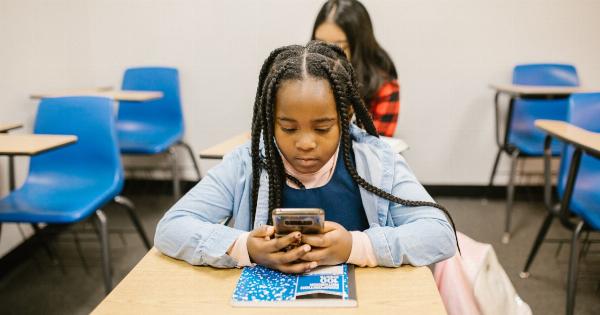Bullying and violence have become significant concerns in schools across the world. Not only do these issues affect the well-being and academic performance of students, but they also create an unsafe and hostile learning environment.
Schools play a crucial role in preventing and addressing bullying and violence, as they have the power to shape the culture and values of their students. In this article, we will explore the various ways in which schools can actively work towards reducing bullying and violence and ensuring a safe and inclusive environment for all students.
1. Implementing Comprehensive Anti-Bullying Policies
A crucial step schools can take is to establish and enforce comprehensive anti-bullying policies.
These policies should clearly define what constitutes bullying, the consequences for engaging in bullying behavior, and the process for reporting and addressing incidents. Additionally, schools should regularly review and update these policies to ensure they align with the evolving nature of bullying and violence.
2. Educating Students, Staff, and Parents
Education is paramount in preventing bullying and violence. Schools should provide age-appropriate programs and resources that educate students about the negative impacts of bullying and violence on individuals and the community.
Staff members should also receive training on recognizing and addressing bullying incidents effectively. Moreover, involving parents and caregivers in this education process can help establish a unified front against bullying and violence.
3. Promoting Positive School Climate
A positive school climate is crucial in preventing bullying and violence. Schools should aim to create an inclusive and accepting environment where all students feel respected and valued.
This involves fostering strong relationships between staff and students, promoting empathy and kindness, and celebrating diversity. When students feel connected to their school community, they are less likely to engage in violent or aggressive behaviors.
4. Encouraging Peer Intervention
Schools can empower students to become active bystanders and intervene when they witness bullying or violence. Peer intervention programs teach students safe and effective strategies to support victims and discourage bullying behavior.
By encouraging students to speak up against bullying and violence, schools can significantly reduce the incidence and severity of these issues.
5. Providing Support for Victims and Perpetrators
Both victims and perpetrators of bullying and violence require support.
Schools should ensure that victims have access to appropriate resources such as counseling and support groups to help them cope with the emotional and psychological impact of their experiences. Similarly, it is essential to implement rehabilitation programs for perpetrators, addressing the underlying causes of their behavior and promoting empathy and remorse.
6. Implementing Effective Reporting Systems
A robust reporting system is crucial in addressing bullying and violence promptly. Schools should establish confidential and accessible reporting mechanisms that encourage students, staff, and parents to report incidents of bullying and violence.
It is equally important to ensure that these reports are taken seriously and that appropriate actions are taken to address each incident.
7. Collaborating with Community Organizations
Schools can benefit greatly from collaborating with community organizations that specialize in bullying prevention and intervention. Such organizations can provide additional resources, expertise, and programs that complement the efforts of the school.
By fostering these partnerships, schools can access a wider range of strategies and support systems to effectively tackle bullying and violence.
8. Foster a Strong Relationship with Law Enforcement
In severe cases, involving law enforcement may be necessary. Schools should work to foster a strong relationship with local law enforcement agencies and clearly define the circumstances under which they should be contacted.
Collaboration between schools and law enforcement can provide a swift response and appropriate consequences for instances of violence and harassment.
9. Continuously Assess and Evaluate Prevention Efforts
Schools must continuously assess and evaluate the effectiveness of their prevention efforts. Regular student surveys and feedback sessions can provide valuable insights into the prevalence and nature of bullying and violence within the school.
This data can help schools tailor their prevention strategies to address specific concerns and prioritize areas that require additional attention.
10. Celebrate and Recognize Positive Behaviors
Lastly, schools should actively promote and recognize positive behaviors that contribute to a safe and respectful environment.
By celebrating acts of kindness, empathy, and inclusivity, schools reinforce the values they wish to instill in their students. This can create a positive feedback loop where students are encouraged to continue engaging in pro-social behaviors, ultimately reducing the occurrence of bullying and violence.





























